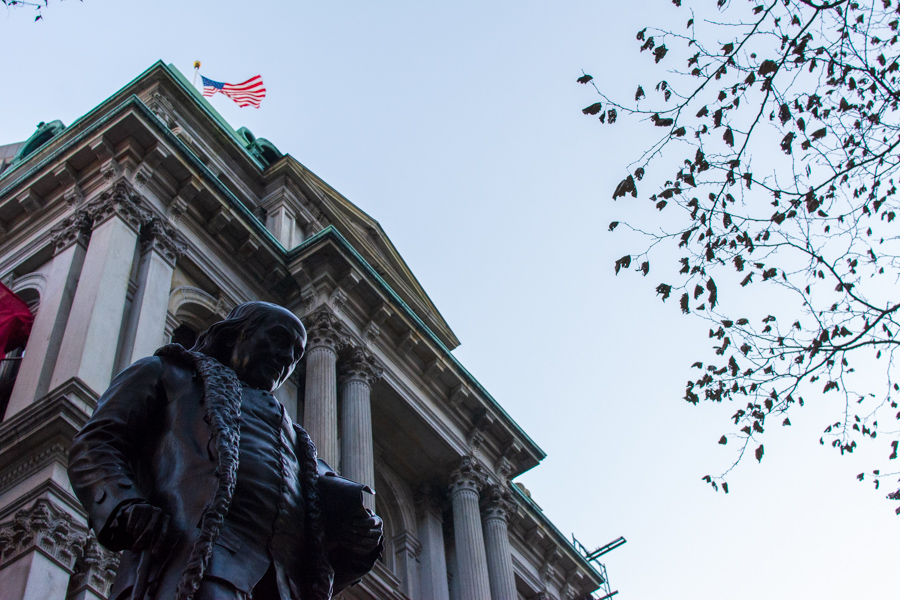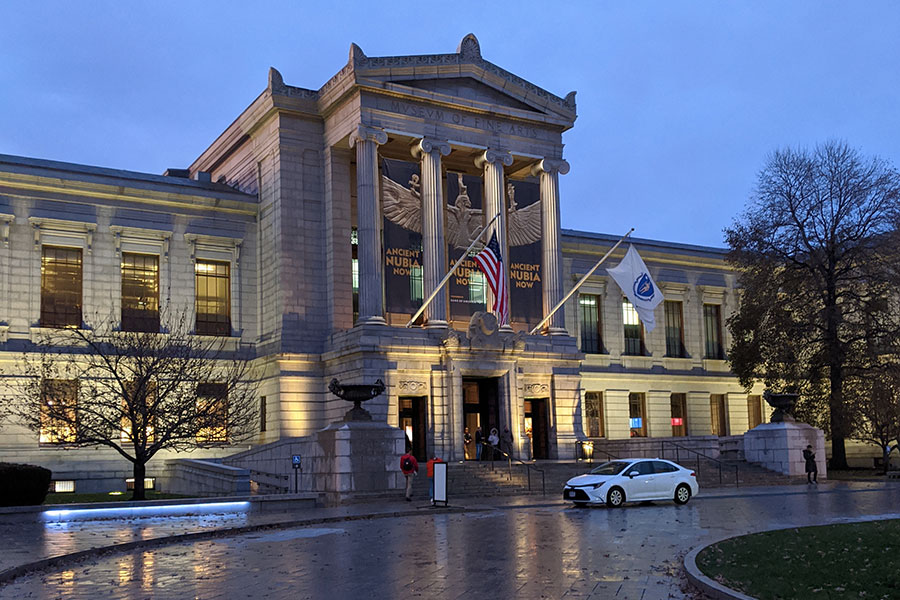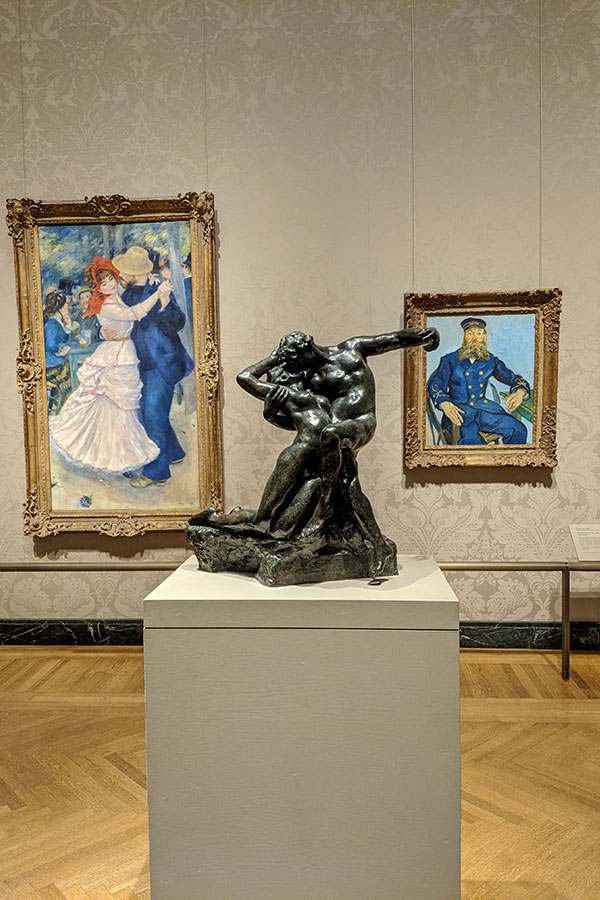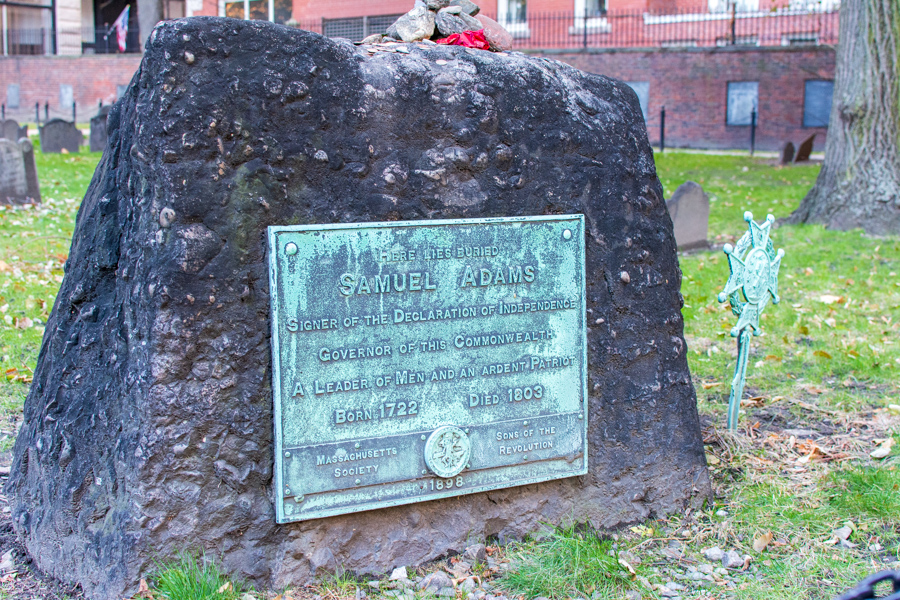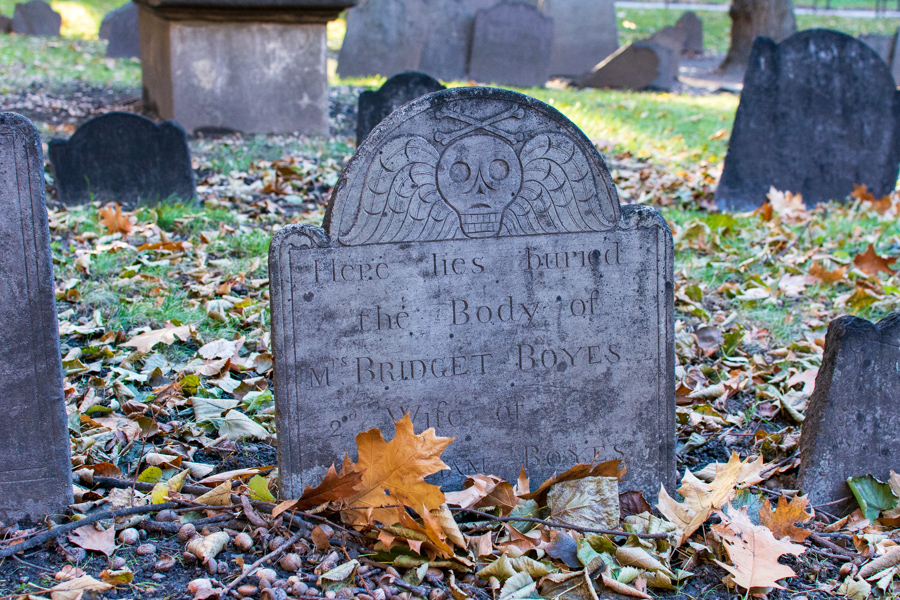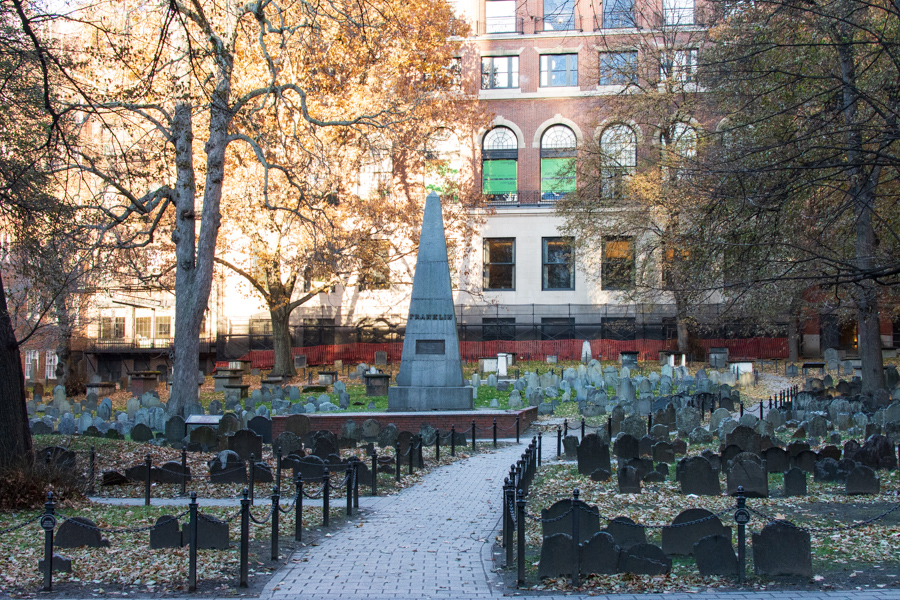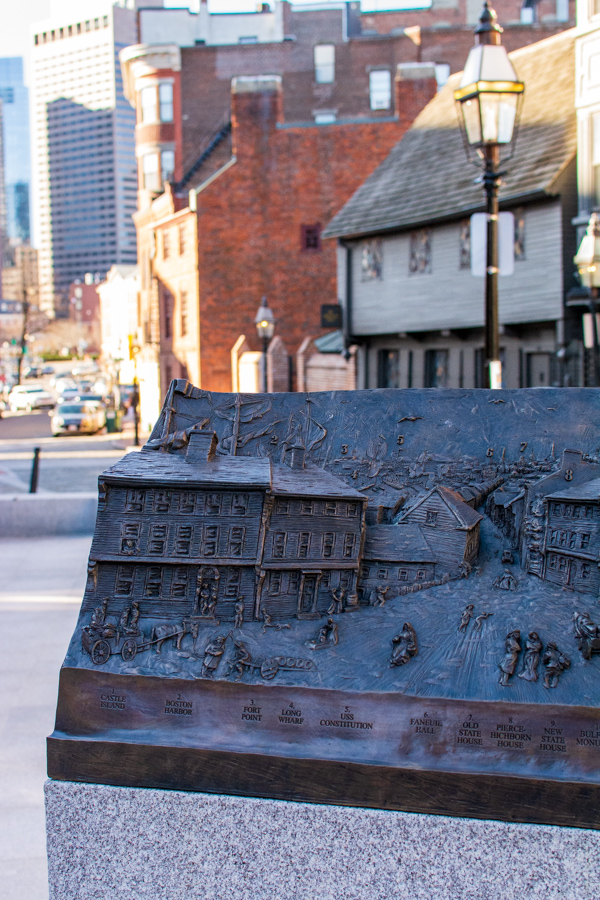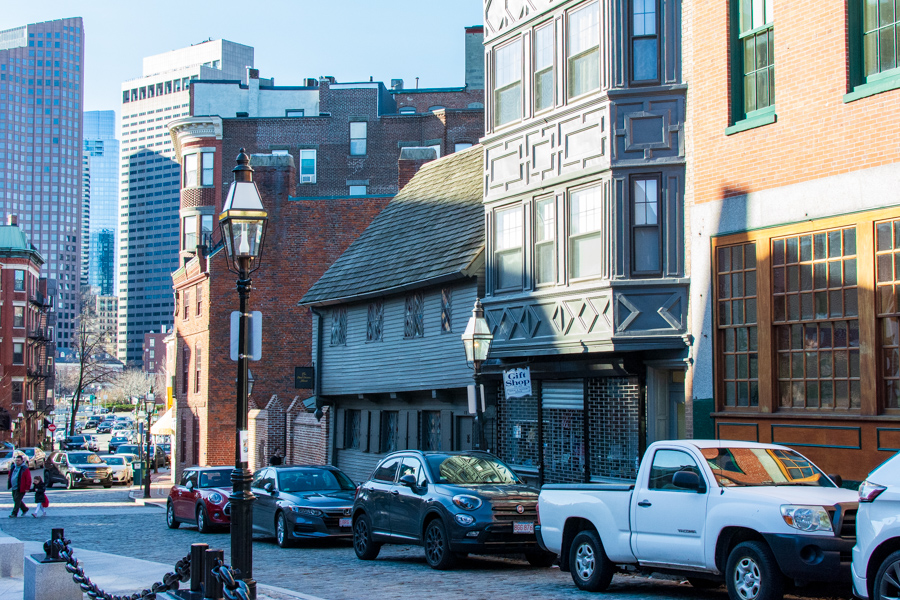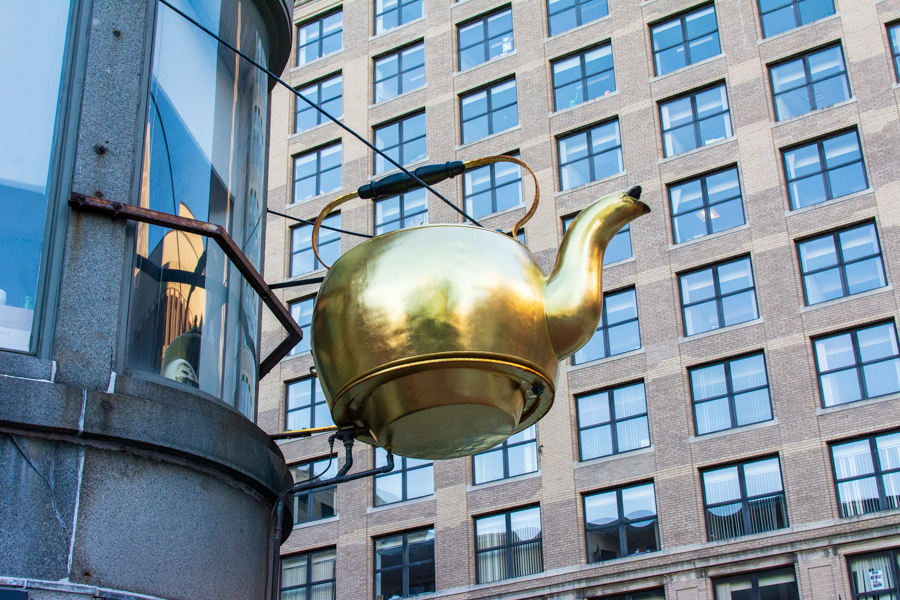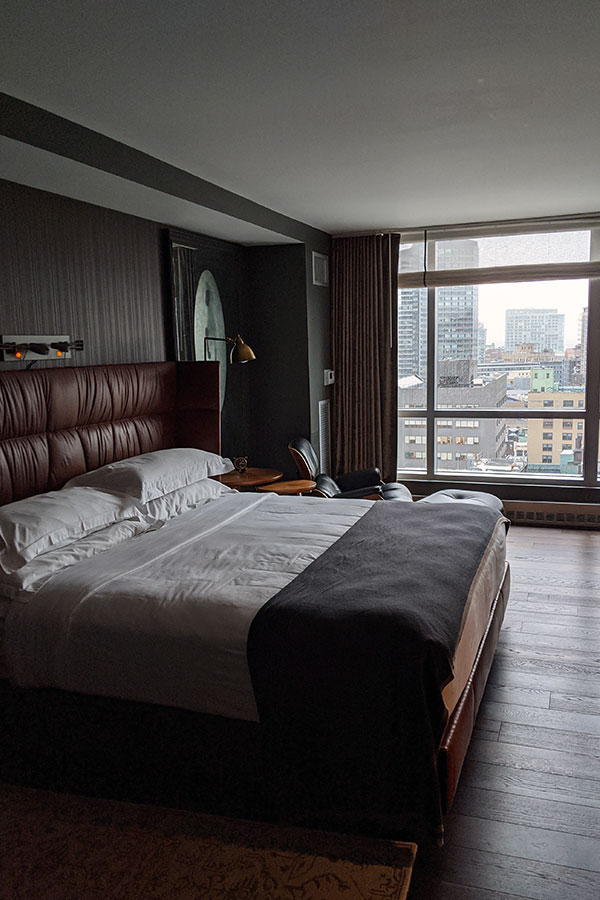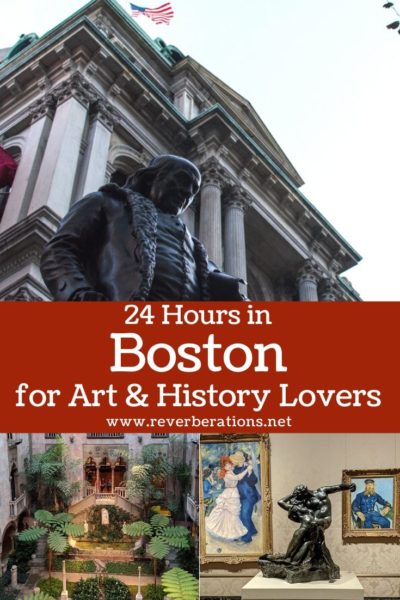Even in a city that is unfamiliar, it is pretty amazing how much you can experience in only a day if you really try. But only 24 hours in Boston? The city may not be a big city like New York or London, but you can still get a real taste of the city in only a single day. Indeed, for lovers of art and history, Boston is rewarding and a lot of fun. You can indulge in remarkably fresh seafood, gaze at spectacular artwork, and experience firsthand a bit of the history that helped form the United States, here’s how to spend 24 hours in Boston!
What to Do for 24 Hours in Boston
So much to see (and eat!) and so little time! The most difficult part of spending only a day in Boston is limiting your activities. There is no shortage of interesting places to explore, especially if art and history are what pique your interest. The city of Boston is rich in both. It is home to world-class museums as well as important spots where you can walk the streets where the Founding Fathers lived and worked.
Museum of Fine Arts, Boston
One of the largest museums in the United States, the Museum of Fine Arts, Boston (MFA) is home to a fine collection that includes, among other things, van Gogh’s and Cassatt’s as well as ancient Egyptian artifacts and the most modern of modern art. Obviously, you could spend a day or more taking in all that the Must of Fine Arts has to offer.
The museum is large but easily navigable. Even when there’s a crowd, you can still easily roam the museum and take in its works. For a single day trip, focus on the areas of the collection that particularly interest you.
Isabella Stewart Gardner Museum
Just around the corner from the Museum of Fine Arts you will find the one-time home of art collector and philanthropist Isabella Stewart Gardner. Well, sort of. In the late 1890s after the sudden death of her husband, Gardner built a museum to showcase her remarkable collection. And it’s no simple building but one that finds inspiration in the Venetian Palazzo Barbaro. When the museum opened a few years later, Gardner lived on an upper floor of the building.
Today, visitors to the museum feel as though they’re walking right into Gardner’s home. You wander through the various rooms taking in an interesting collection that is quite varied and with incredible gems sprinkled throughout. Hidden near the entrance is John Singer Sargent’s “El Jaleo.” The painting, depicting a Spanish dancer, is quite striking, especially when you consider its size (the work is nearly 8 feet by 12 feet). While upstairs you’ll find a self-portrait of Rembrandt. Perhaps most memorable isn’t the artwork itself but the enclosed courtyard at the heart of the building.
As the museum is a collection of small rooms, like a home, it does not take too long to see the entire collection. And its location makes it easy to combine with the MFA.
Freedom Trail
The best way for visitors to Boston to really experience any city is by their own two feet. And to walk the streets of Boston is to walk in the steps of some of the country’s Founding Fathers. To highlight some of the most important spots in downtown Boston, you can experience the Freedom Trail. The trail is a 2.5 mile-long route with stops at sixteen important locations.
The Freedom Trail is a great way to experience Boston’s history for a few reasons. First, it’s free and self-guided. You can “jump on, jump off,” so to speak, as your schedule allows (a perfect attraction for only 24 hours in Boston, if you ask me!). And, while not all the trail sites may interest you, you can easily experience the ones that do and pass by the ones that don’t.
Here are a few of the trail sites that I recommend:
- Granary Burying Ground is a rather unassuming cemetery on Tremont Street. But the ground inside the perimeter’s metal fence is the final resting place for many famous names. Paul Revere, Samuel Adams, and John Hancock are here as are an estimated 5000 others (although less than 2500 have proper gravestones or tombs). A large and striking obelisk for Benjamin Franklin’s parents and family draws the eye.Arrive early at the cemetery to beat the tour groups that flock to the grounds. And while you’re there, be sure to read some of the headstones and the informative signs for a better understanding of these individuals and their places in history.
- While technically not a stop on the Freedom Trail, the Boston Irish Famine Memorial is a moving memorial park square. Two separate statues make up the memorial. On one, a family is starving and suffering. On the other, the family is well-fed and prosperous. While the memorial isn’t a favorite of everyone (a critic from the Irish Times said it was full of “pious cliches and dead conventions,” it’s certainly well-meaning.
- Paul Revere was a talented silversmith but you perhaps know him better for his fateful ride that night. The Paul Revere House is a National Historic Landmark as well as the oldest home in Boston’s downtown. It’s also one you can venture inside (for a fee). But just standing outside the home, whose front wall is right on the street, with its wood siding and beautiful and modest stained glass windows is worth your time. When you compare the home to the neighboring buildings, it looks remarkably petite. Just across the street from the house is a historic church as well as a charming small square that are worth a visit, too.
- Boston Common is a 50-acre park in the heart of the city. But its history runs far deeper. In the 17th century it was a field for grazing cows but a century later the British were encamped there during the American Revolution. Due to its central location, it was also where public hangings took place and it, too, saw its share of public riots and demonstrations. Whether you visit it for the history, want to explore the park grounds, or simply stroll through on your way to somewhere else, Boston Common is more than just “common.”
The Steaming Kettle
If you ask me, the Boston Tea Party was a terrible waste of good tea. (Couldn’t they have just drunk the tea without paying the tax? I digress.)
Just outside of the Government Center T station and Boston City Hall hangs a golden tea kettle. The kettle dates to the 1870s when a teashop put it out as a marketing ploy, challenging passersby to guess the capacity. (If you’re curious, the kettle holds 227 gallons, two quarts, one pint, and three gills.)
In recent years the kettle underwent a refurbishment to make it shiny again. It hangs just overtop of a Starbucks location although the wooden shop sign announcing “The Steaming Kettle” is nearby. But that’s not all. It’s not called the steaming kettle for nothing. Steaming pours out of the iconic kettle’s spout. It’s simply charming and quirky!
Where to Eat in Boston
Yankee Lobster Company
Hidden away along the Boston waterfront’s Seaport District amongst commercial fisheries, a concert venue, and Harpoon Brewery is Yankee Lobster. While bigger name chain restaurants like Legal Seafood and Morton’s The Steakhouse sit a few blocks farther west, Yankee Seafood is seemingly tiny in comparison. But unless you caught it yourself, it’s difficult to imagine seafood much fresher than the lobster rolls they serve here.
Just beside the restaurant is a small parking lot where you can park for free — assuming that they aren’t too busy. And from the parking lot, you can see the commercial fishing ships. Inside the restaurant, it can be quite tight but it’s well worth it. Order at the counter and they’ll bring the food out to you. Their lobster rolls are generous with large, unbroken pieces of fresh, tasty meat.
Boston Public Market
Perhaps the most fun I had on my recent trip to Boston was a visit to Boston Public Market. A mix between a farmer’s market and a marketplace, it’s a real taste of Boston. A quick stop in on a Saturday morning turned into a longer break as my husband and I wandered the aisles of the indoor marketplace of 35 vendors whose artisan wares and delicious foods come from the surrounding New England area. The produce is about as fresh as it comes.
Do some shopping for an alfresco lunch in a nearby park or along the waterfront. Or, grab a snack and sit at the large communal picnic tables in the back. If you have a sweet tooth, I can’t recommend Union Square Donuts enough. The drive from Philadelphia doesn’t seem quite so long when one of their raspberry jam-filled donuts is waiting at the other end. Their Vietnamese coffee donut hit all the right notes for my husband as well.
On Fridays and Saturdays, you’ll find Haymarket Market just outside of the indoor market. This open-air market is where you can get all the fruits and vegetables you need. Or, just stroll through and admire how fresh and colorful it is.
Where to Stay in Boston
Whenever your time in a place is limited, I recommend staying as centrally as possible. Only have 24 hours in Boston? You want to stay centrally. That’s how I came to stay at Kimpton Nine Zero. The hotel sits right on the Freedom Trail, directly across the street from the Granary Burying Ground, a block from Boston Common. There’s a public transit T subway stop within two blocks and only a handful of blocks from other noteworthy historical sites.
The hotel’s luxurious rooms are large with dark finishes, leather upholstery, and wooden details. The rooms also feature large floor to ceiling windows with lovely views over the city. The views tend to be quite good as the hotel soars nearly two-dozen floors into the sky.
Another great timesaver at the Kimpton Nine Zero is that your stay includes a European-style breakfast buffet. While the breakfast feels quite oddly formal, it includes everything you’ll be looking for to fill your belly and start the day exploring. If anything, you’ll want to spend longer than 24 hours in Boston.
Tips for Getting the Most out of 24 Hours in Boston
- If you’re able, schedule your 24 hours in Boston for a Wednesday, Thursday, or Friday. It’s on those days that the MFA Boston is open late: until 10 pm. On Thursdays, the Isabella Stewart Gardner Museum is open until 9 pm.
- Getting around Boston is quite easy but there are some challenges you’ll find in any large city. Driving in the city or finding parking can be difficult. If you plan to reach Boston by car, I recommend parking your car and exploring on foot and by public transit. Most hotels offer valet parking that, while expensive, makes your life easier.
- Public transit, specifically the T, is relatively easy to use and inexpensive. With the T you can easily reach most sites of interest in the city for a quick visit. However, it’s worth noting that not every T stop has a ticket machine, meaning you could get stranded. If you’re only spending 24 hours in Boston, consider a one-day pass good for subway and local bus.
Save this post on 24 Hours in Boston for later on Pinterest!
All opinions, as well as all photos, are my own. This post contains affiliate links.
